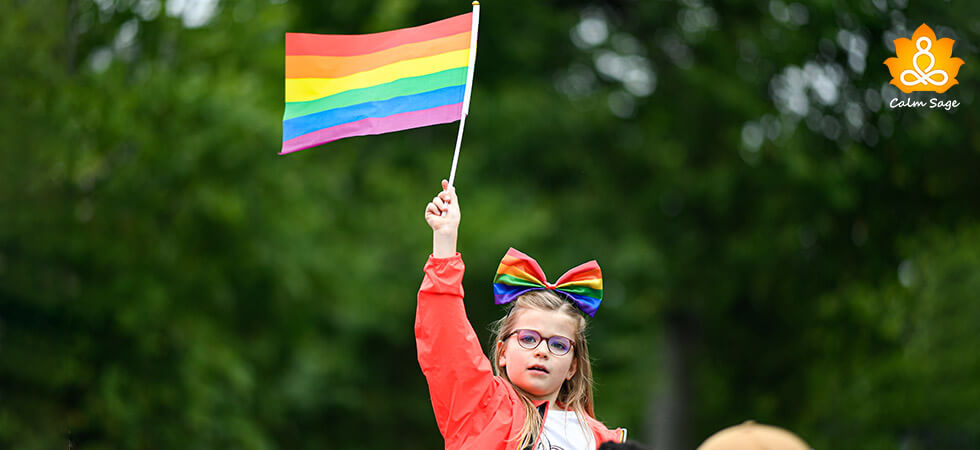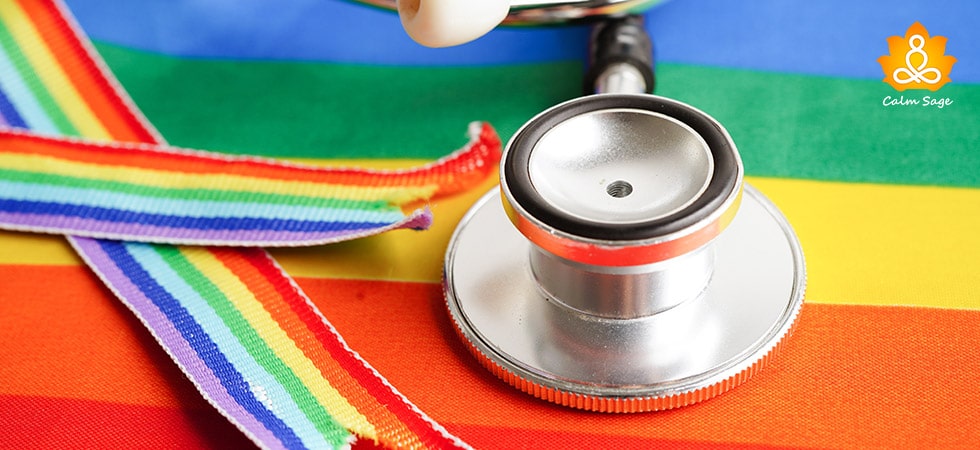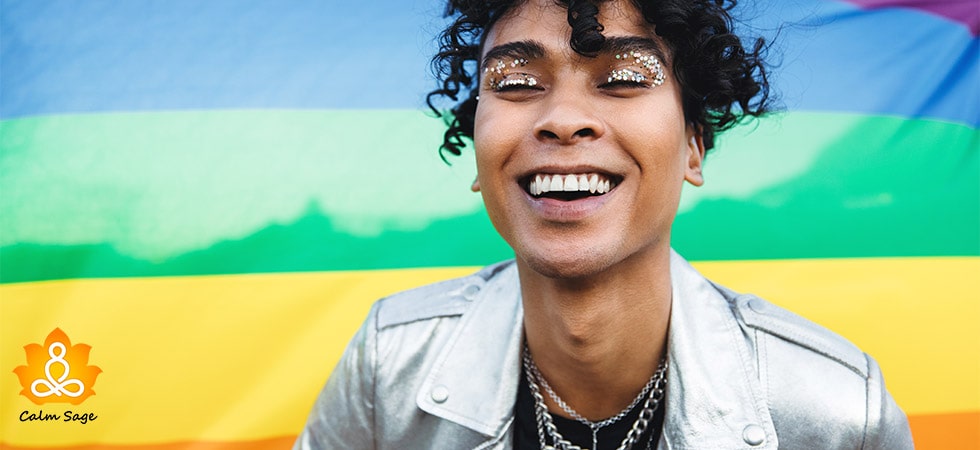Common Mental Healthcare Barriers Faced By LGBTQIA+ Community
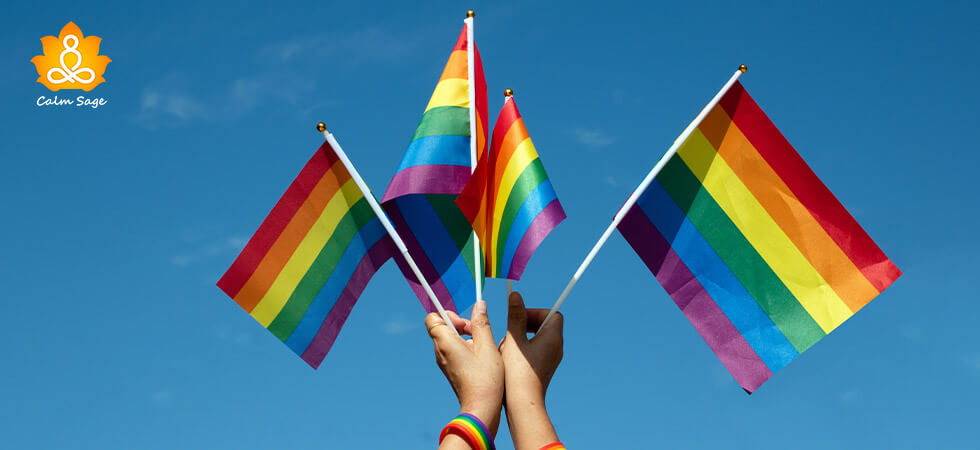
We all are certainly open to the LGBTQIA+ community by becoming an ally but the truth is that there are still so many stigmas and barriers connected with the LGBTQIA+ community that stops them from seeking mental health care treatment. But, ever wondered how many stigmas and barriers do LGBTQIA+ community has to fight or overcome to seek mental healthcare? Imagine how much it would have been difficult for the LGBTQIA+ community to move through such difficult times due to the lack of treatment and resources.
Since equal rights are expanding and June is celebrated as pride month, unknowingly, there are numerous mental health issues that still need to be addressed for the LGBTQIA+ community.
In this blog, we will explore the common mental healthcare treatment barriers faced by the LGBTQIA+ community and what we can do to overcome such barriers this pride month along with resources to keep the mental health of the LGBTQIA+ community intact.
The Importance of Seeking Mental Healthcare for the LGBTQ+ Community

It’s no secret that at some point in life when life gets difficult, we all require mental healthcare treatment. Talking about LGBTQIA+, they are already going through a lot and already faced various mental health issues wherein suicide is the second leading cause! Do you know LGBTQIA+ youth are likely to suicide four times more than their peers?
According to a survey, I got to know that around 42% of LGBTQIA+ youth considered attempting suicide in 2021. This includes more than 50% of nonbinary and transgender youth.
Related Read: How to Support LGBTQ Youth?
Additionally, better mental health care services mean better outcomes for LGBTQIA+ youth. Research shows that gender-affirming healthcare is likely to reduce symptoms of depression. Moreover, there are already so many ongoing challenges like discrimination, stigma, familial rejection, bullying, and acceptance that need to be addressed. All these mental health issues demand extra care and need mental healthcare services.
The sector of mental health care has evolved and since then, we have successfully raised awareness and understanding for everyone equally. However, religious doctrines or cultural biases are still affecting the mental health of LGBTQIA+.
Now, the question is, is the LGBTQIA+ community getting all the mental health care services or not? Do they have enough resources for addressing their issues? Let’s find out the answer in the next section.
Common Mental Healthcare Barriers Faced by LGBTQ+ Community
The fact is that there are so many barriers, stigmas, and discrimination related to the LGBTQIA+ community that stops the LGBTQIA+ community from seeking the healthcare they need. In this section, let’s read about the common mental healthcare barriers faced by the LGBTQIA+ community:
1. Abusive History
Let’s face it, we all know that our history shows damaging and unacceptable views specifically related to the LGBTQIA+ community. Such views are related to various mental health stigmas connected to gender and sexual diversity. Overall, history has been too slow to shift abuses to the rights related to the mental well-being of the LGBTQIA+ community.
2. Cost of care
Due to homelessness and loneliness, it becomes impossible to seek mental health care treatment. Additionally, without acceptance, it is also impossible to seek mental health care on the basis of parents’ health insurance. Therefore, accessing mental health care is still not available for a huge percentage of LGBTQIA+ youth.
3. Parental Control
Adolescents, teenagers, and youth require permission from their parents to seek mental health care treatment. Additionally, minors under a young age cannot access mental health care treatment without their parent’s consent.
Therefore, parental control is quite a significant barrier for LGBTQIA+ youth. Additionally, privacy laws do not allow youth to keep their health information secret, therefore, it also becomes impossible to access care without parents’ involvement.
4. Substandard Care
If a member or youth of the LGBTQIA+ community has parental consent and can afford high costs, receiving mental healthcare is still a challenge because their caliber becomes questionable there. We all are aware of the fact that LGBTQIA+ people face a high rate of discrimination in general. Most counselors or psychologists willingly offer to counsel and then create an unsafe environment by expending the wrong terms or words.
5. Depression and Isolation
At some point in life, LGBTQIA+ people are forced to live their lives inauthentically or they are forced to hide their real identity. This makes them prone to depression and isolation as they start feeling unsafe.
6. Alcohol and Substance Abuse
According to a recent survey by “The National Survey on Drug Use and Health (NSDUH)” 2018, high rates of substance abuse were found in the LGBTQIA+ community as compared to heterosexual individuals. Isolation, depression, and fear of revealing their real identity are some common factors that make them prone to substance use.
7. Eating Disorders
Most of us respond to a critical situation by developing an eating disorder. According to the research, 54% of the LGBTQIA+ community received an eating disorder diagnosis and 21% of the LGBTQIA+ community is suspected to have an eating disorder.
What we can actually do to overcome such barriers?
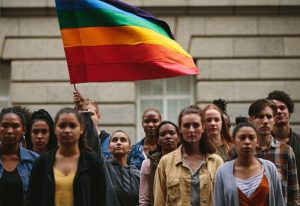
Pride Month is celebrated each year to celebrate uniqueness, love, acceptance, and equality. It helps in spreading awareness and knowledge. But the truth is that the LGBTQ community is not treated equally in some states or countries. Now, the question is what we can do?
Well, I have good news, if you or your friends are looking for free mental healthcare resources for the LGBTQIA+ community, now you can connect with state and federal levels healthcare services to remove common mental health barriers in the LGBTQIA+ community.
These healthcare services support various insurances and assets to private therapy sessions and clinics. Healthcare professionals are getting standardized training to remove discrimination completely and make clinical services accessible for everyone.
Here are some helpful links that can help you connect with the right resources:
If you’re looking for an LGBTQ-friendly therapist, refer to:
- 7 Professional Online Counseling Platforms for LGBTQ+
- How to find an LGBTQ-friendly therapist?
- Pride Counseling Review
Key Takeaway
If you’re an ally and reading this blog, start normalizing conversations with the LGBTQIA+ community, and learn about their mental health challenges, so that we can work on them equally and responsibly. Additionally, if you want to do something for the community, share this blog with your colleagues, friends, and family members to represent acceptance.
Encourage your friend to express their true self without any fear and provide them extended support. By addressing disparities and challenges faced by the LGBTQIA+ community, we can work together to raise representation, education, protection, and more.
To find support and ask questions related to mental health, you can connect with us at, https://www.calmsage.com/contact-us/
I hope this blog helps you with understanding the most common mental healthcare barriers related to the LGBTQ+ community. Comment down and share your views on the same. For more such content, connect with us on all social media platforms.
Thanks for reading!






